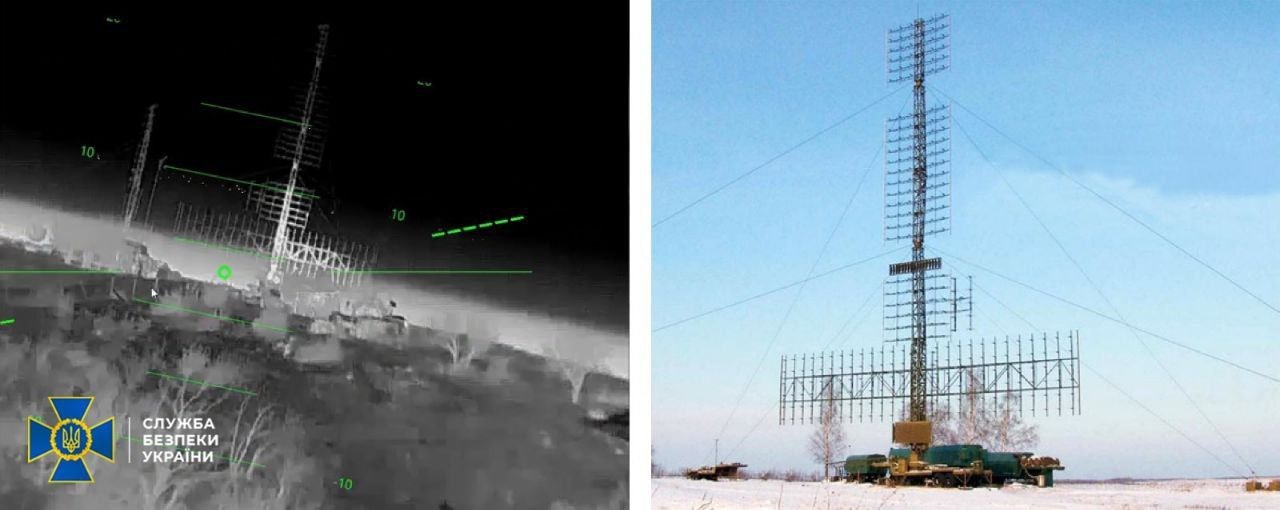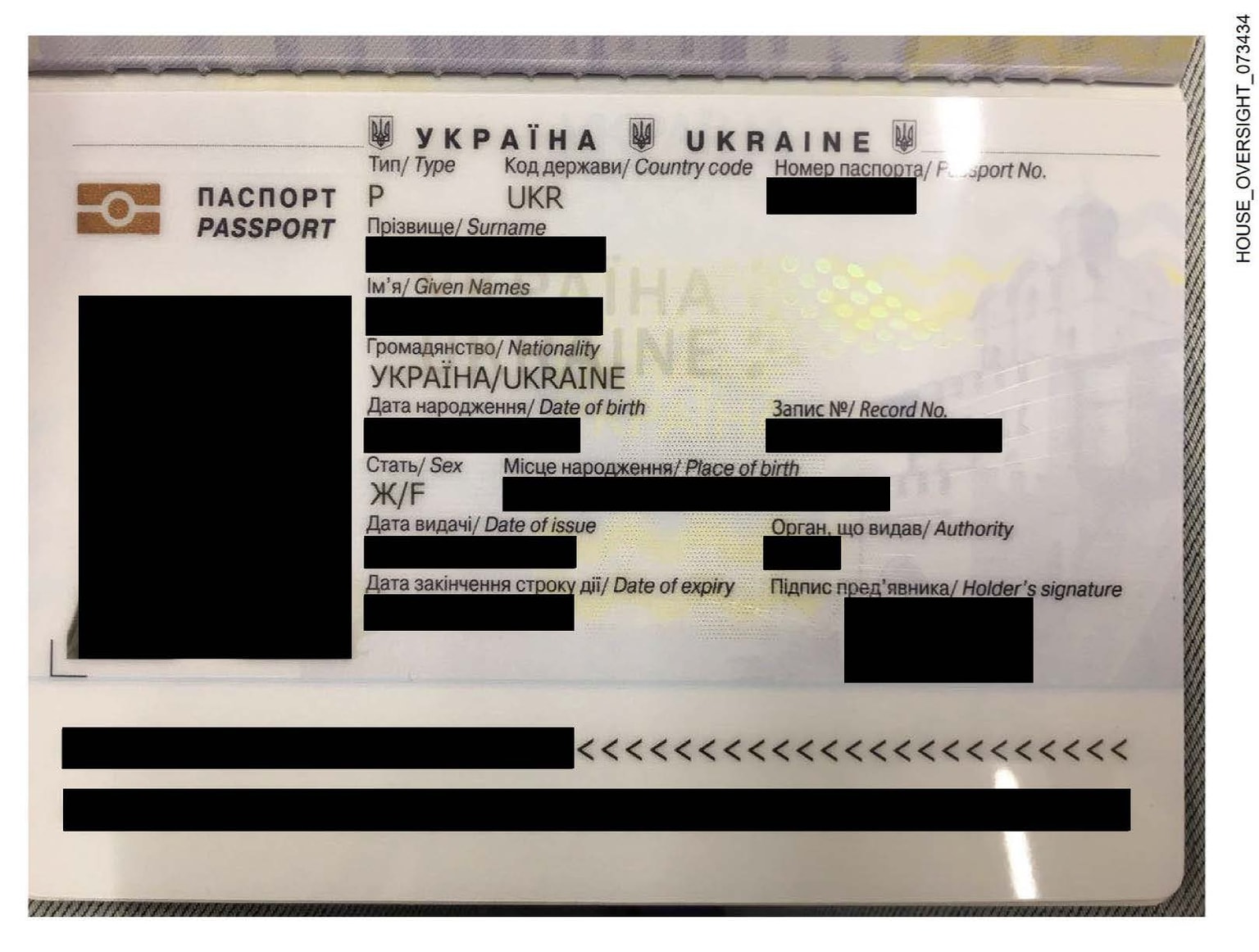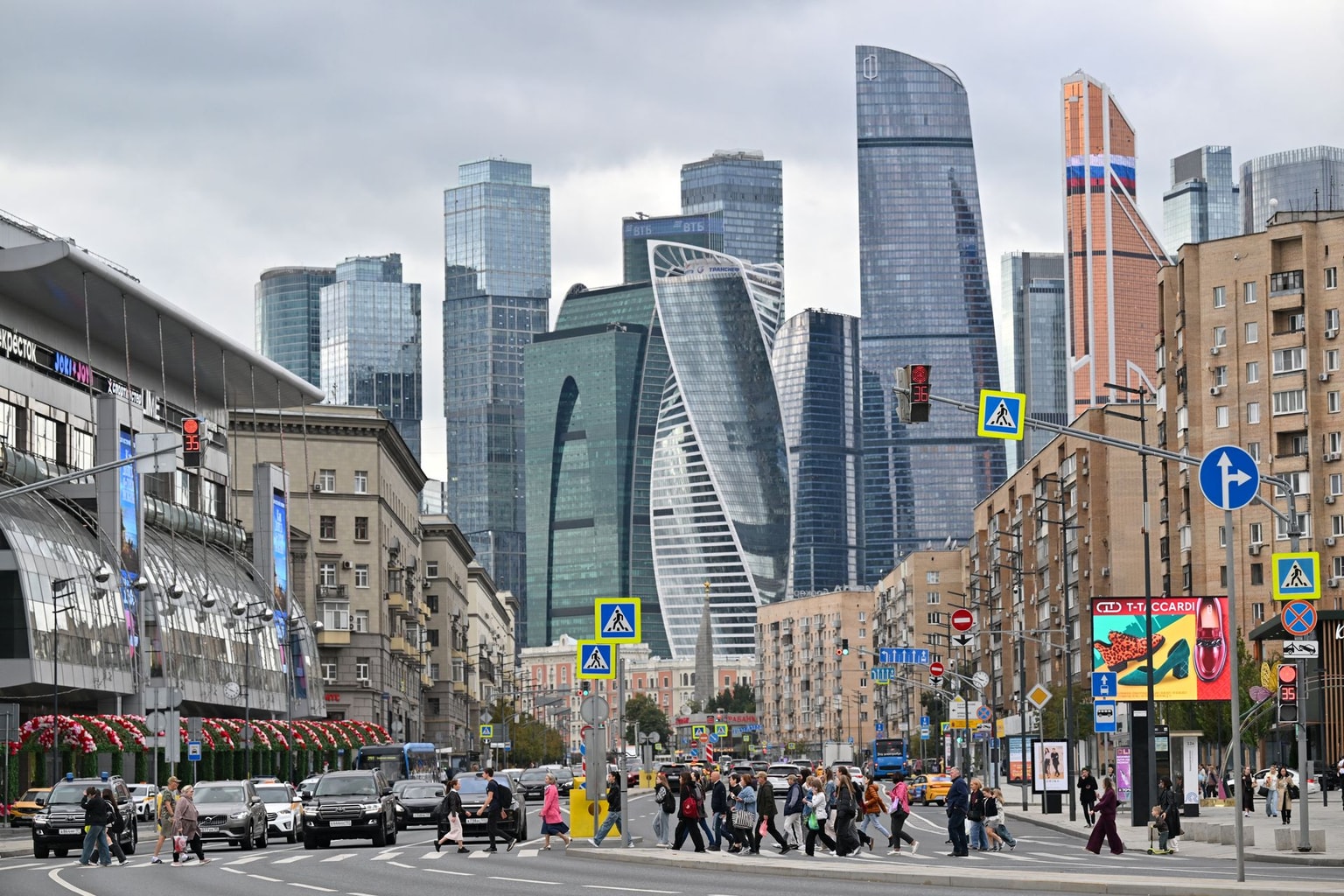Portrait of the invader: Understanding the Russian soldier

One hundred days of all-out war has been plenty of time to get acquainted with the Russian troops.
Their lackluster combat performance, artillery barrages against cities, treatment of civilians, intercepted messages home, and interviews with dozens of civilians around Ukraine allow one to put together a mosaic portrait of the invaders. It’s not a flattering image.
Many of the soldiers are dirt-poor and badly educated, with many growing up without access to modern amenities. Many joined the armed forces because they have no future in their backwater towns. The majority have bad training, low morale and no faith in their poorly-maintained equipment and their callous or incompetent officers.
When occupying areas, many drank heavily, turning their quarters into shambles, or went around looting anything barely valuable they could get their hands on.
While some civilians acknowledged that they were treated adequately by Russian soldiers, others spoke of casual murder and cruelty inflicted either to feel safe, to satisfy base desires or just for the sake of being cruel.
This was enough to rack up more than 15,000 alleged war crimes as of June 1 by Prosecutor General Iryna Venediktova’s reckoning. This ranged from random killings to deliberate murder, to torture and rape of civilians.
Where they’re from
Demographic patterns emerge when one looks at Russian soldiers who have been killed or captured in Ukraine.
As of May 30, the BBC has identified over 3,000 Russian casualties, based on open source data. Of these, the biggest losses hit the regions of Buryatia, Dagestan, Volgograd, Bashkortostan, Orenburg, Krasnodar, Chelyabinsk and North Ossetia, many of which sit along Russia’s southern border, as well as its eastern reaches.
Similar findings appear in a report by iStories Media, a partner of the Organized Crime and Corruption Reporting Project, as well as the Kyiv Independent’s review of death reports in Russia’s social and traditional media and Telegram channels that purport to list the dead.
Some of these regions are predominantly homes of ethnic minorities. Close to a third of Buryatia’s population are Buryats, while about a third of Dagestan residents are Avars. In conversations with the Kyiv Independent, Ukrainians in several regions mentioned that significant parts of Russian forces were ethnic Buryats, with a sprinkling of other Siberians.
“Military status can be seen as an escape from the stigma suffered by ethnic minorities,” said Kirill Mykhailov, an expert with the Conflict Intelligence Team, a group of investigative journalists in Russia. “No one will question if you really are Russian if you are a soldier.”
Chechen forces accompanied the invasion force, but most of them did little fighting and were largely there for “TikTok PR,” Mikhailov said. On at least one occasion, Kadyrovites have reportedly been used as barrier units, whose job was to prevent retreat and desertion.
But ethnic minorities are far from the only ones who join the military to escape poverty — large numbers of ethnic Russians do the same.
It’s also no coincidence that some of the regions with the most known casualties also have the lowest GDP in Russia, including Dagestan, Buryatia and North Ossetia. Bashkortostan and Chelyabinsk are in the middle of the pack of Russian regions sorted by wealth.
The poorer regions also have high unemployment rates. Chechnya, Dagestan and North Ossetia had unemployment rates above 15% while Buryatia's was above 10% in 2020, according to Russia's Statistical Bureau. The official national rate was just above 5% that year.
"The army is the sole stable employer in certain regions," according to the iStories investigation.
“In regions like this, the army is often the only opportunity for career growth and moving out of their backwater,” Mikhailov added.
The average Russian soldier is poor. Many come from rural areas without modern amenities. According to iStories, less than half of village homes in regions leading by death are equipped with things like hot water or gas.
Kamil Galeev, a Russia-based researcher with the Wilson Center, wrote that the rank and file are “young guys from small towns and usually underprivileged backgrounds.”
Ukrainian civilians who lived near or among Russian occupiers told the Kyiv Independent that many Russian soldiers reacted with surprise, envy and disappointment when they saw how even rural or suburban Ukrainians live.
Multiple residents of a housing complex on the edge of Hostomel, as well as two couples living on a block in Irpin that Russians turned into a base, heard the same sentence from their occupiers: “You live better than we do. We don’t have this at home.”
The looting
The occupiers’ next thought was usually to help themselves to as much stuff as possible.
“Naturally that explains much of the looting, especially in the affluent suburbs of Kyiv but also in places like the Donbas too,” Mikhailov said.
When presented with the opportunity to take free stuff from Ukrainians, the Russians fell to it with gusto, sending over 58 tons of stuff from temporarily occupied areas into Russia, according to Russian investigative outlet Mediazona.
Russian forces also swiped a great deal of historical heritage from Ukrainian museums, including historical coin collections and art in Mariupol, as well as Scythian gold and historical weapons from Melitopol.
Looting was widespread everywhere the Kyiv Independent interviewed civilians.
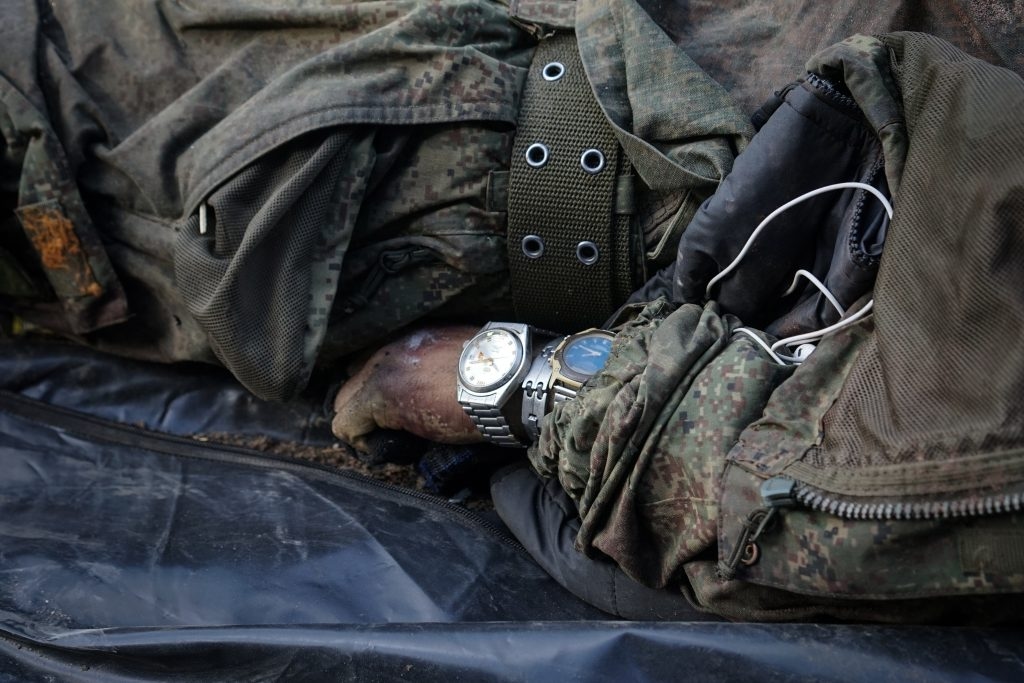
Mykhailo and Viktor, two residents of the Hostomel complex, said the Russians looted more than 70% of apartments under the pretense of looking for weapons. They said Russians carried sacks of looted stuff, including nice clothes and even sneakers.
Throughout the country, many soldiers’ choice of loot showed that they hadn’t been exposed to expensive things before. They would take clothes and cheap electronics like printers but leave behind expensive paintings.
Melitopol resident Yevhen said that Russians in his area liked to target people who used to fight in Donbas — they would come to their home, seize their cars, houses and other stuff. These people were the lucky ones. In Kyiv Oblast, the Russians hunted down Donbas veterans and executed them.
“The scariest in the region is murder and looting in the villages,” said Kostiantyn, a journalist in occupied Kherson, who isn’t identified by last name due to security reasons. “They just come to houses and chase people onto the street, then live there. They slaughter their livestock and take their stuff.”
He added that the Russians emptied all supermarkets of their appliances and began working their way down to smaller stores.
Volodymyr Marchuk, a Zaporizhzhia Oblast government spokesman, said that Russia had no unified plan for how to behave in occupied territories — these decisions were down to the unit. For example, he said Chechens in the region had a “purely mercantile gangster approach,” taking what valuables they could and being solely profit-driven.
"Others have a different approach,” said Marchuk. This included “terror against the population, including kidnapping people to shake them down or exchange them for money.”
The looting sometimes led to inter-unit conflicts. Ukraine's intelligence directorate (GUR) at the end of April alleged that there was a shootout between about 100 Buryats and Chechens fighting for Russia. GUR claimed the Buryats resented the Chechens for appropriating the loot they plundered from Ukrainians' homes.
GUR also said the "inter-ethnic conflict" came from "the reluctance of the Buryats to go on the offensive and the inequality of their circumstances compared to the Chechens," who rarely fight on the front line. There is also tension in both ethnic groups’ histories. As Aslan Doukaev points out in an article for the Jamestown Foundation, thousands of Buryats have taken part in armed conflicts in Chechnya, on Russia's side.
Competence
Those who do fight on the front lines have done a great deal to show the world that the Russian military is a lot less scary than it once seemed, as it let column after column get shot to pieces and failed to achieve objectives against the more lightly armed Ukrainians.
Part of it comes down to training. Taras Chmut, a former Ukrainian marine and head of the Come Back Alive foundation, said about 50-60% of Russia’s armed forces have below-average training, with roughly 30% having average training and only about 5% having above average training.
"In general (the training) leaves much to be desired," agreed Mikhailov. Much of training "is done halfheartedly, the army never prepared for the war it was about to embark on — remember, it came as a surprise for most of the lowest ranks."
Airborne troops and marines, who comprise the “constant readiness troops,” were better prepared but still not enough for a war like this, he added. Low pay, corruption and hazing continue to be problems for the Russian military, according to the OCCRP's April report. Galeev wrote that good, competent officers, who have the trust and support of their men are antithetical to Putin's desire to maintain absolute power.
He went on to say that as a result, less intelligent officers, leading men with rock bottom morale is what the Russian military routinely selects for. Hence its need to rely so much on artillery.
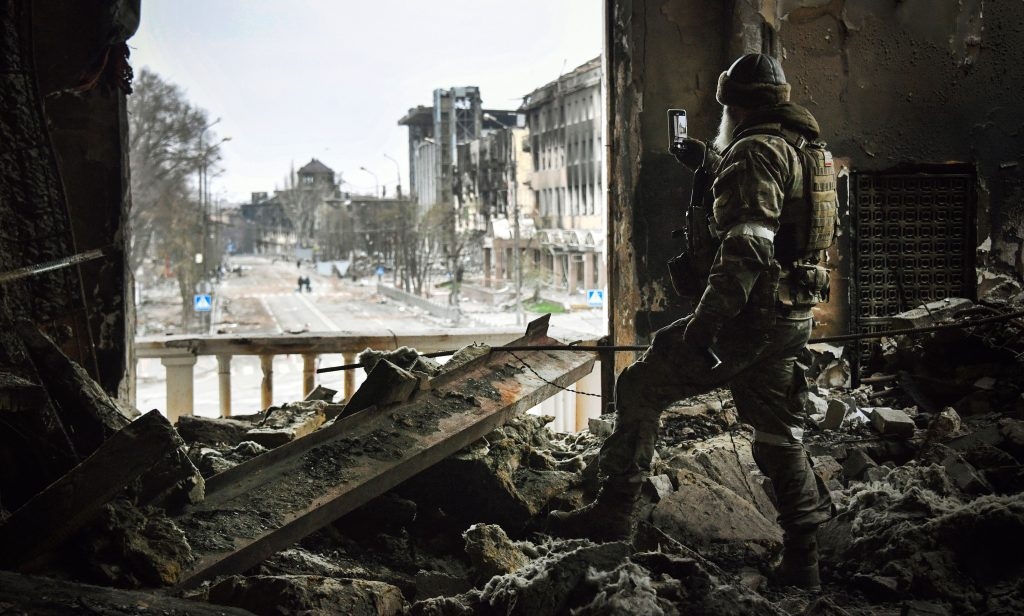
Being a contracted soldier in Russia can be bad enough but conscripts arguably have it even worse. Significant numbers of raw conscripts have been deployed to Ukraine, even though the Kremlin initially denied this.
Mikhailov said that theoretically, two thirds of troops are on contract and the rest are conscripts at any given time; in practice, not all contract slots are filled. The conscripts tend to be poor as “richer, more privileged ones would dodge the draft,” according to Galeev. He added that conscripts who don’t know their rights can be pressured into signing a contract.
The system is so ramshackle and the invasion so bungled, many soldiers and officers have simply refused to follow orders. A senior U.S. defense official told reporters last month that “mid-grade officers at various levels, even up to the battalion level... have either refused to obey orders or are not obeying them with the same measure of alacrity that you would expect an officer to obey."
This doesn’t mean that every unit is bad at its job. Illya Bohdanov, a Ukrainian volunteer fighter, told the Kyiv Independent how he was sent to reclaim the bodies of a Ukrainian column that was devastated by a Russian ambush, in the area of Bucha and Hostomel early on in the war. The ambushing troops were some of the Russian army’s elite.
“In terms of their offensive capability, I was surprised,” said Bohdanov. “It’s unfamiliar territory, you’re in a foreign country, you don’t even know where you are and to stage such a competent ambush, against regular forces? It impressed me. In general, the Russians fought well.”
Attitude
Still, given all of the above problems, and the shattered promises that Ukraine would fold in under a week, the average Russian soldier was either absolutely miserable or absolutely drunk, according to civilians who spoke to the Kyiv Independent.
The Russian soldiers’ alleged calls and messages home, which the Ukrainian forces said they intercepted, are full of doom, gloom and terror. Soldiers would describe how they were losing men left and right or how much of their unit was wiped out.
Residents of the Hostomel housing complex said when the Russians arrived, they were proud and cocksure. Soon, that turned into confusion, frustration, then dread. Resident Mykhailo saw a soldier crying. Others jumped at loud noises. “I saw it in their eyes,” said resident Olena. “Fear and a lack of understanding of what they’re doing here.”
Civilians said that some Russians appeared to believe or at least parrot the notion that they were there as liberators and Ukrainians, by and large, would welcome them. Some did seem confused or crestfallen when that didn’t happen.
"One guy got drunk and told stories that he will never forgive himself that he came to Ukraine and did what he did and wants to kill himself every day," said Victoria Lyashchenko, who lived on a block in Irpin that Russians made into a base.
Her neighbor, a German national who declined to give his name, said the first rotation through the area was made up of very young guys who were “terrified, we could see it. One of them, 20 years old, even cried on my shoulder.”
The men who came to replace them were different — they were older and determined to enjoy themselves. They stuffed themselves with local food and looted every bottle of alcohol available from local homes, getting hammered and making a big mess on a nightly basis. When that ran out, they started taking their APCs somewhere to get more booze.
"They smashed all the notebooks and tablets and phones, threw them into fires. They ate the food, threw out the scraps with the plates and cups outside. They tore everything apart,” said Lyashchenko. “We asked if we could give them water to flush the toilets. They said we have no time for that. They threw dirty socks and underwear in the toilets, clogging them.”

This sort of behavior was widespread in Kyiv Oblast. Apartments were torn apart, enormous piles of stuff scattered everywhere. In some homes, the Russians defecated on the floor and left it there or threw it at walls. In one rich man’s manor home outside the village of Stoyanka-2, the Russians got into the extensive wine cellar, poured some of it into a small pool and attempted to bathe in it. They drank the rest and trashed the entire property.
Aggression and dehumanization
Some of that energy came out as aggression. Bucha resident Tetiana Oleksandrova described a Chechen soldier that shot a burst of automatic fire into the school basement where she sheltered, killing another woman, as “furious," with "the eyes of a jackal."
Her husband, Andrii Fotchenko, said the young ethnically Russian “pawns” who anxiously followed him around reminded him of “baby ducklings.” But these were the same men who earlier threw four flashbangs into a basement they knew was filled with civilians.
One question that tends to come up when discussing Russian troops is their “adequacy.” Unlike in English, where the word “adequate” usually means “sufficient,” in Russian and Ukrainian, the adjective is often used to describe a decent, normal person.
Various civilians said that some of the Russians they ran into were “adequate” people, who just tried to do their jobs and didn’t inflict casual cruelty on the residents they captured. Tasia, a mother from a village in Zaporizhzhia, said that when one Russian soldier tried to get his commander to take out her 17-year-old son, the commander disgustedly dismissed the soldier, who was later beaten up by his comrades and transferred elsewhere.
As the world now knows, these were overshadowed by the other soldiers, who were a lot worse. Some of them gunned down individuals or groups of civilians, either because they were hunting them or for no reason at all. Potshots were taken at civilians for entertainment. And then there was all the rape.
In calls and messages between soldiers and their loved ones in Russia, one attitude came up a lot: that Ukrainians aren’t really people. Everyone recalls the infamous call where a soldier’s girlfriend gave him permission to rape Ukrainian women. In a more recent call, a Russian woman talked about how she would torture and kill Ukrainian children if she had her way. “I would inject them with drugs, look in their eyes and say die, suffer,” she said.
This falls in line with the Kremlin’s message that Ukraine isn’t a thing — that its residents are uppity “Little Russians” that need to be put in their place.
Mikhailov brought up the “poor work of political officers who never explained what a Nazi is, which is why, per sociologist Greg Yudin, many would assume anyone so much as expressing Ukrainian patriotism is a Nazi and should be treated accordingly.”
Yudin himself wrote that when Russia’s “de-nazification” campaign failed due to brave Ukrainian resistance, the Russians derived “a natural conclusion from that: Ukrainians turned out to be deeply infected by Nazism.”
“And this is precisely how the message of official speakers has changed recently: We have underestimated how deep Nazism has permeated Ukrainian society. That affects the operational choices by the troops on the ground. Imagine you are a Russian soldier occupying a city in Ukraine… What are the classifications and distinctions you would use when dealing with the local population?
“Your basic theory is that this is a land occupied by the Nazis, and you are here to liberate it. Obviously, Nazis will resist; and those resisting are Nazis.”
“This is why I seriously doubt these atrocities are just excesses of war,” he concluded.



